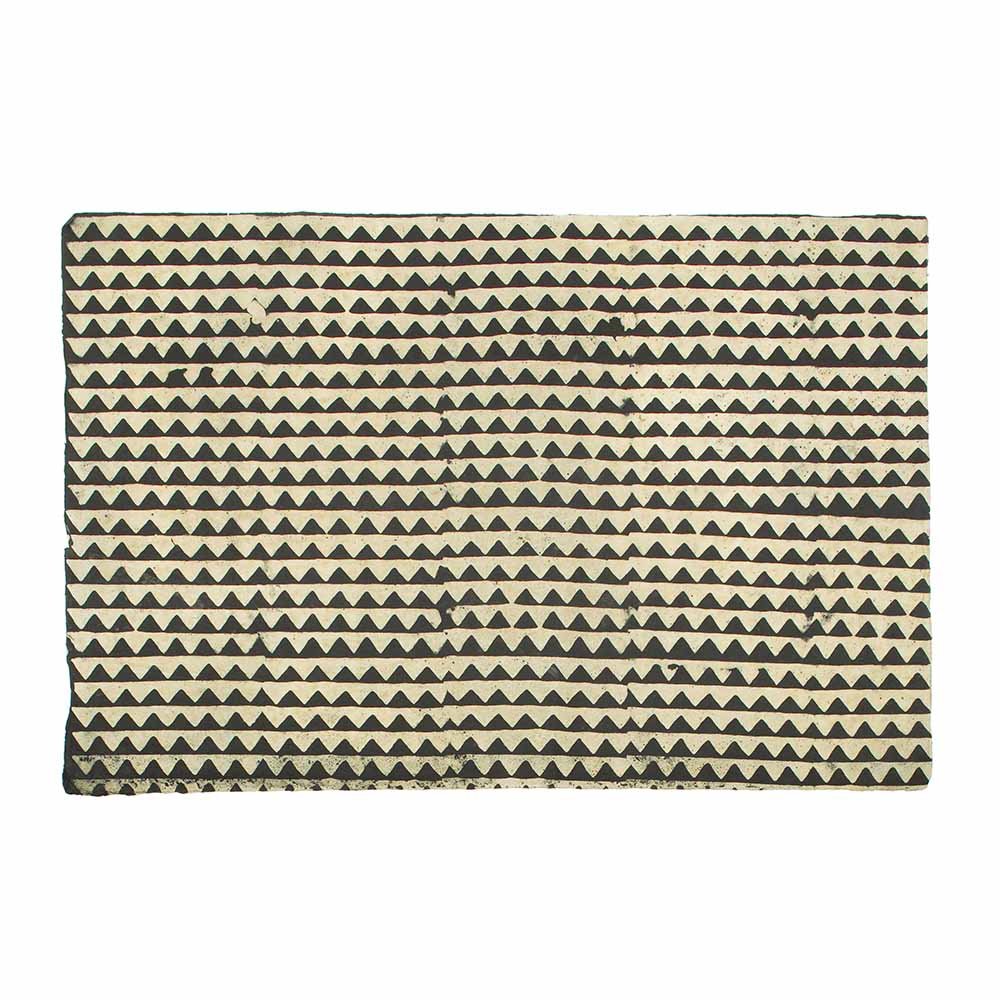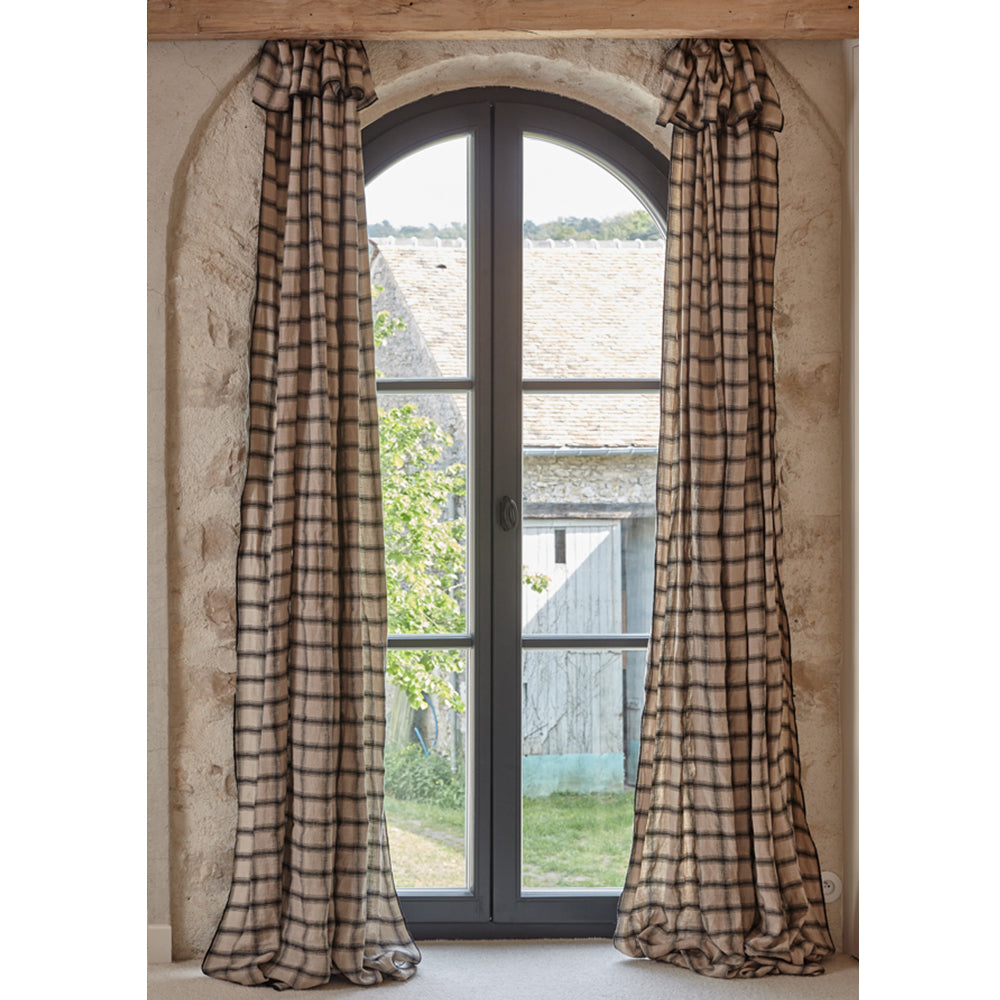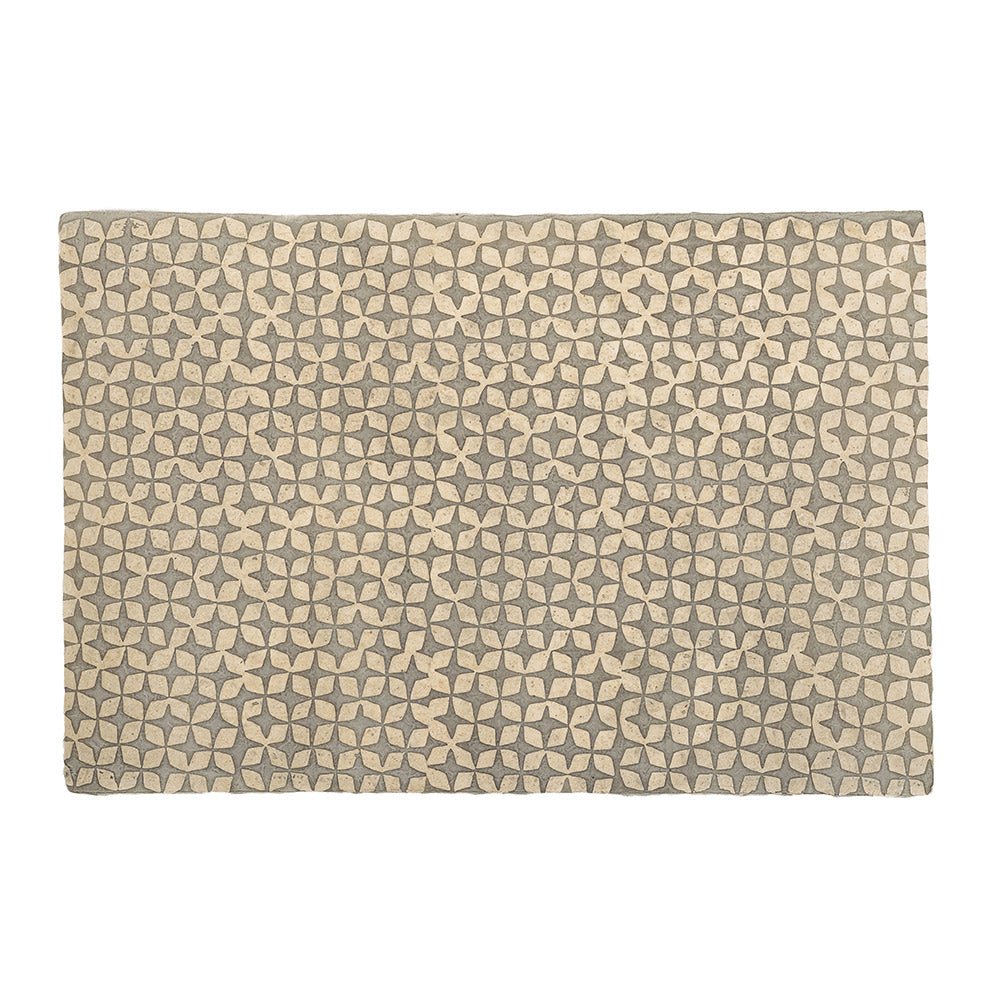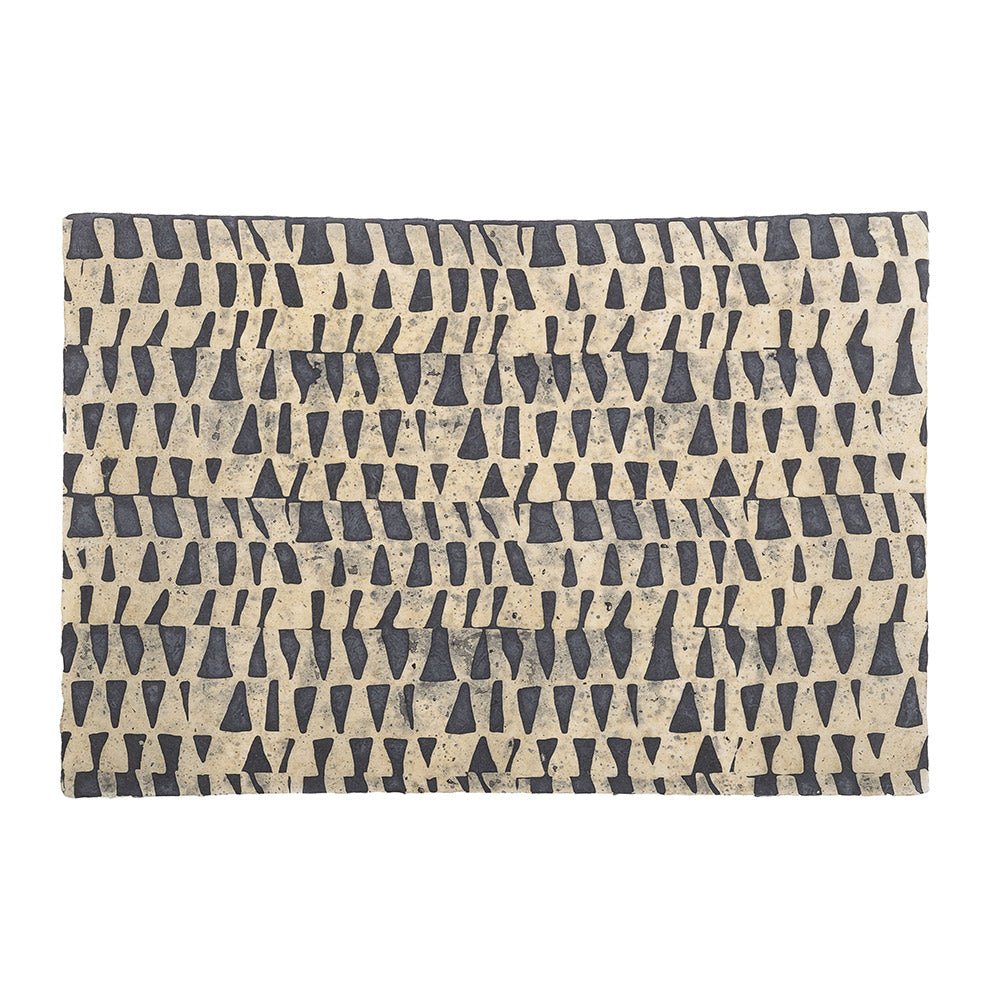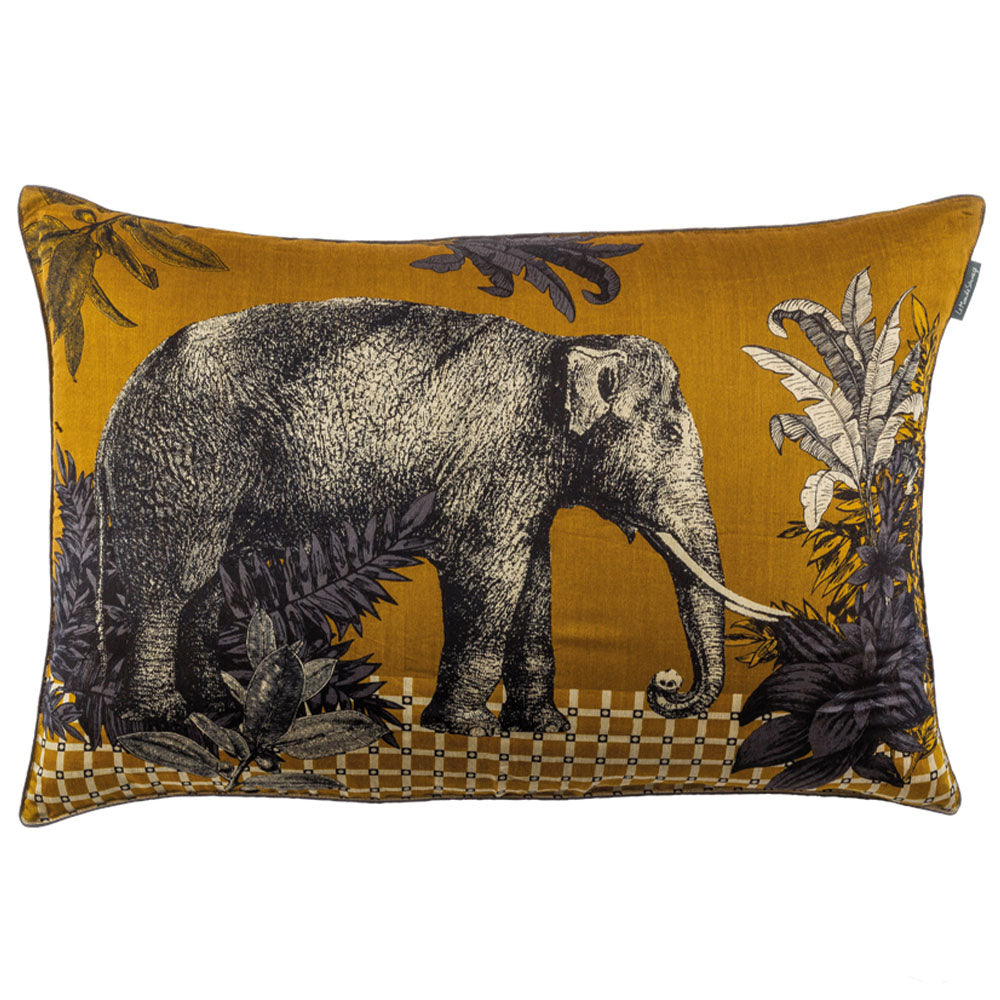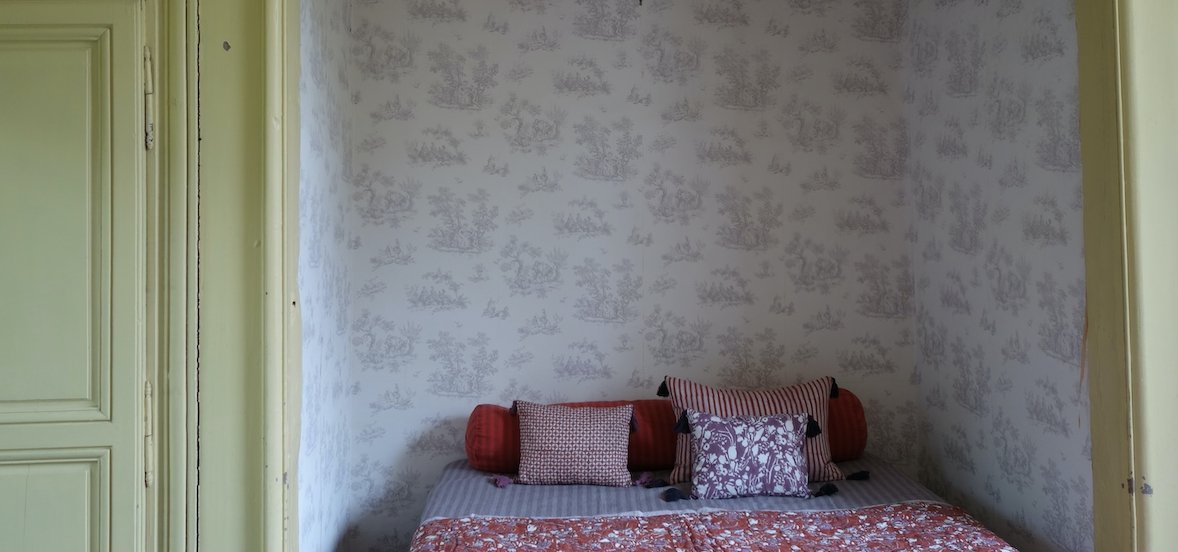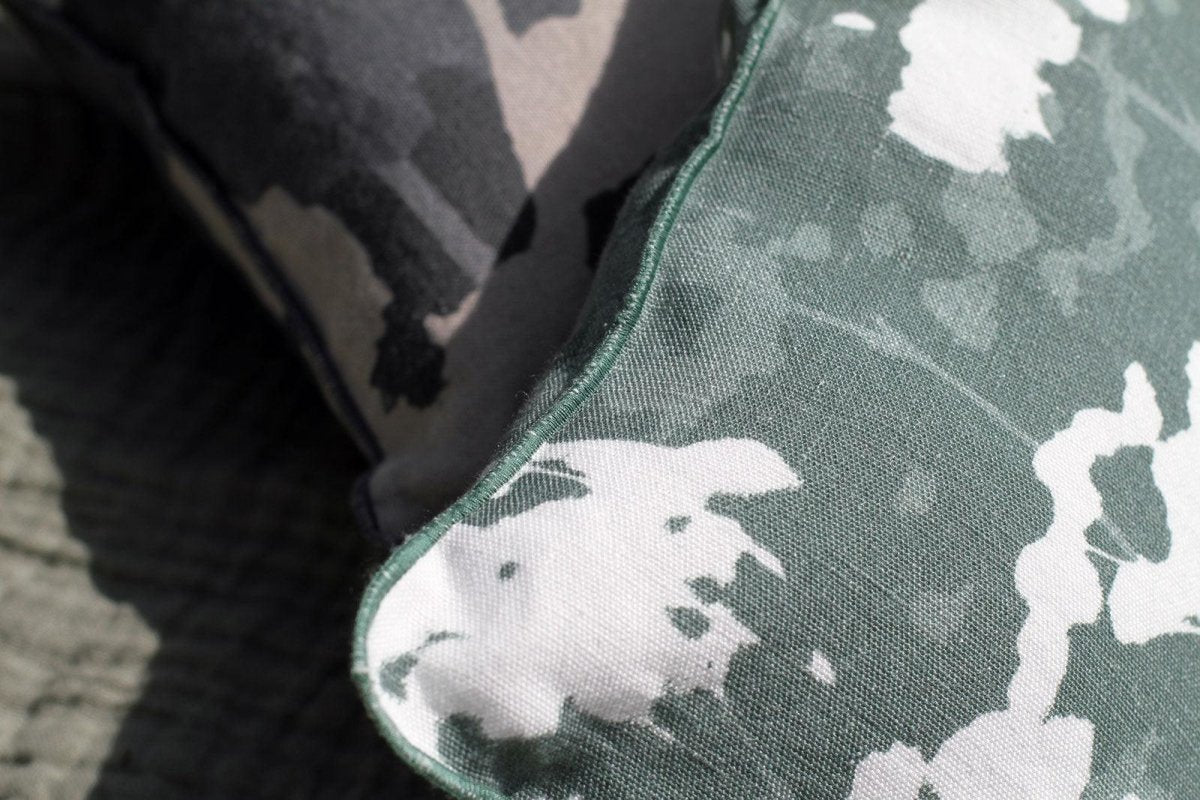
You are a decoration addict,
but once you’ve closed aside your favorite magazine,
how to adapt the precepts of the experts at home?
Here are some of our favourite personalities who have
been kind enough to share this vision of interior design.
With generosity, they indulge you with their choices,
share tips and inspiring advice.
Ilaria Fatone


Ilaria, can you introduce yourself?
Ilaria, can you introduce yourself? I’m Italian. I was born and brought up in Milan in a family that is passionate about art, literature and beautiful things generally. I studied history of art and specialised in illuminated manuscripts. I then worked in the art market for 15 years – most notably as the director of a Franco-American medieval art gallery based in Paris - before deciding to change tack. I set up an interiors blog focusing on ‘slow living’ and wellbeing at home around the time when the famous mid-life crisis hit. I decided to leave Paris for Aix-en-Provence with my family and started to think about how I could focus more seriously on interior design.
My first projects all came about thanks to clients and friends who trusted me, and word of mouth did the rest. I am totally self-taught and absolutely passionate about minimalist, pared-back interiors. I try to simplify my clients’ homes to create a calm, coherent place to live where they can feel happy for a long time.
People often ask if I was always interested in interior design. I think so, especially design, as I used to go to all the showrooms during the Fuorisalone in Milan when I was a student. I never really had a professional life plan though. I had things that I loved doing and I have been lucky enough to turn them into my jobs.

Dans le bureau d’Ilaria
What is your decorating mantra?
« You don’t need more space, you need fewer things. »
What do you think of the concept of good taste?
Everyone has taste, you don’t have to like it and it would be pretentious to try to impose one’s own taste on others.
|
If you were a room?
The sitting room. It’s the place where you rest, come together, share… It’s like the crossroads of the home and it’s always been my favourite room. It’s often quite a hard room to decorate as it has multiple functions and needs to be able to accomodate people all together and provide areas where people can relax alone.

Le salon d'Ilaria
The top 3 things on your bucket list?
- To visit all the European capital cities with my children.
- To have a house with a view on the sea.
- To write a book.
If you were an artist?
Jan van Eyck, a fifteenth century Flemish painter whose portraits are unbelievably realistic. The paint is like velvet (he was one of the first artists to use oil paint) and the interiors that are visible in his paintings are incredible. They are like photographs and you can really see the tiles, the decor and the furniture.
Your dream project?
To decorate a ‘hôtel particulier’ (a grand, French townhouse built in the 18th or 19th century). I’m in the mood for cornices, herringbone wood floors and big, high windows.

Your current obsession?
Things that are linked to the earth and have a certain simplicity, whether it be materials, colours, textures. It’s as if I need to feel anchored, to go back to the source of things.
Chez Ilaria, détails

Ilaria’s tips
« Simplify, simplify, simplify. » :
what do you mean by this credo?
Our lives, like our interiors, are in a permanent state of stimulation and we are overloaded with things to see and discover. Whether in our lives or our homes, simplification allows us to see things more clearly, to give a space a new lease of life and to allow the objects that surround us to breathe. Simplify does not automatically signify getting rid of things willy nilly though. By removing things that are superfluous we can allow beauty to take centre stage in our homes.
|
Does minimalism leave any space for emotion?
I have been talking about minimalism for some time now. I started with a minimalist approach in 2009 and have been giving workshops on the subject since 2014. The understanding of what minimalism means has changed quite radically. More people now favour a minimalist approach and understand what it means. But those that criticise minimalism are still in evidence, although they tend to reference minimalistic cultures that are a long way from our own, such as Japanese minimalism for example, or interiors that are cold, with no life and no soul.
I often read articles where people say, « I couldn’t get rid of my things » or « Minimalism is beautiful but it’s not for me ». I think it’s the term « minimalism » that frightens people, so I tell them to call it whatever they like but to try it! In 2021 minimalism should be a priority for everyone. It can have a positive impact on the way we consume (you buy less and better), on our wallets (when you consume in a more thoughtful manner you tend to consume less over time) and on our wellbeing (when you are no longer surrounded by useless objects you have more space, more room to move and more freedom).
When I meet people who are reticent about minimalism I suggest that they start small and that they don’t try to make lots of changes in one go. On my website you can read a number of articles that help you to understand how to get started. You need time and energy, both of which you will have in spades as you move forward as the benefits are quasi-immediate. When you see a clear desk for example, or an empty cupboard, or books tidily arranged on a shelf. We live in a society which is all about what we have. Our possessions, the objects that surround us, help to build up an image of who we are and social media certainly does nothing to help. Minimalism shows us that we can live happily with less, and still have a cosy home. That’s why we talk about « soft minimalism » and « warm minimalism », adjectives that show that it’s not all about empty, cold interiors.
|
Do accessories have a place in a minimalist interior?
Absolutely! When you live in a minimalist interior you have the time and the energy to get rid of things that are superfluous, that take up space without providing any wellbeing benefits and that don’t provide happy memories. Once you have started to live this way and to make your home more pared back, there is more space for the objects we love to stand out. Just don’t listen to people who say that a minimalist interior has no cushions, rugs, side tables, vases etc!
How do you make a neural palette sing?
By adding accessories with texture and colours that aren’t in the main palette which by definition will be more neutral. You need a bit of a twist to add life to the scheme without overloading it. It needs to be subtle to keep a balance between the different colours and patterns and to ensure that the neutral colour palette remains the dominant one. You need to decide if you want the palette to be monochrome or contrasting. I like to use tones that speak to each other and to introduce a colour that creates an element of surprise and adds a different, contrasting tone. The overall palette must be harmonious though.
|
Wallpaper or trompe l’œil panels?
I can count the wallpapers that I like on one hand. Trompe l’œil wallpaper panels on the other hand I can look at for hours. I love the idea of a window onto an imaginary world which is often in total contrast to the real environment of our homes. It’s the best way to travel without moving, to bring nature into the city.
How would you define a feel-good interior?
We all have a different idea of what makes us feel good but I would say it is likely to be an interior that has been well thought out, where particular attention has been paid to comfort, the way the space ‘flows’, the harmony of the colour palette and the patterns. A space should reflect the sensibilities of its inhabitants and vice versa. Nothing is fixed and furniture and objects can be moved around so as to be appreciated all the more.
|
What is art therapy?
Art nourishes, inspires, relieves and calms. All my life, museums have been my favourite places and where I go if I seek solace in difficult times. At the beginning of the first lockdown I started to share a painting every day on Instagram. It helped me and I realised that this snippet of beauty every day was helping my readers too. Art is now so much more accessible and you can easily acquire photography, illustrations and prints. You don’t need to make a major investment to bring something beautiful into your home and that has no price!
How do you bring light and nature into a home?
I can’t live without either. Both are essential to my wellbeing and their presence calms me. When you live in an urban environment it’s even more important to make little changes to ensure light and nature pervade the space. I use plants as well as colour and motifs that add a touch of green. And I use mirrors to reflect the light.
How do you ensure you don’t create the same interior for multiple clients?

Listening to your client is the most important thing. You need to really understand their needs and desires. You need to listen to what they don’t say too! And you need to listen to the space to ensure you stay faithful to its soul and original beauty.
|
What are your favourite materials?
It will be no great surprise to discover that I love natural materials, and I like them to be as unadulterated as possible. So linen, wood, paper, concrete, lime… Basically anything that has a soft look and feel.











